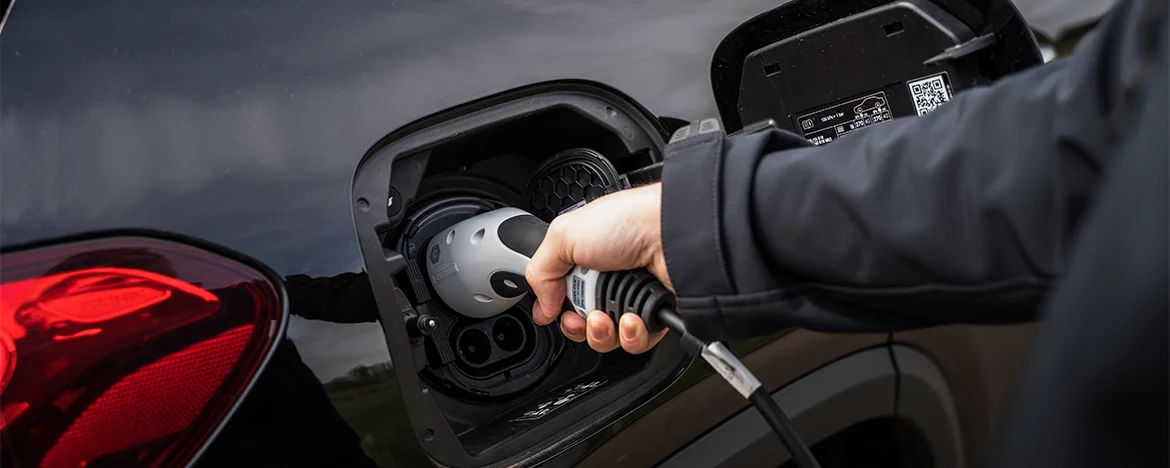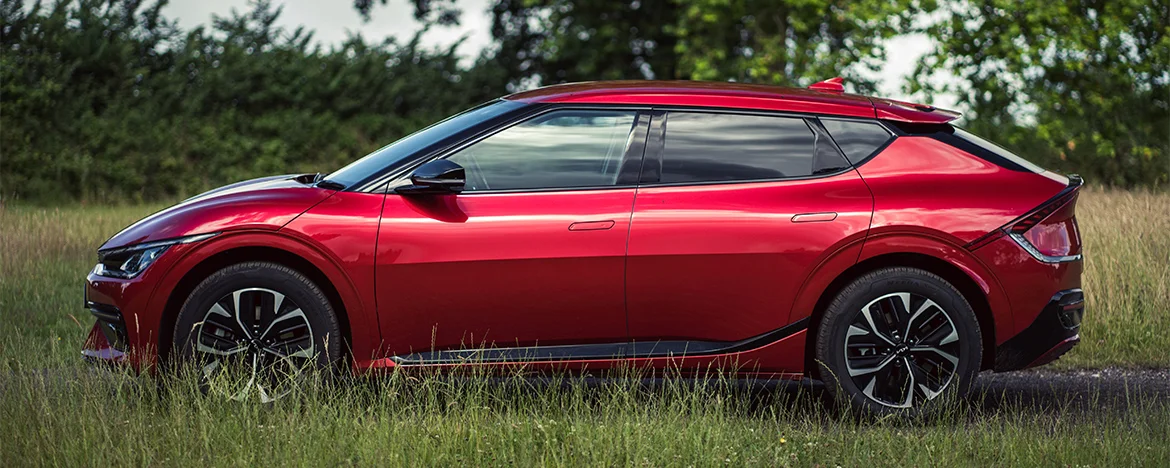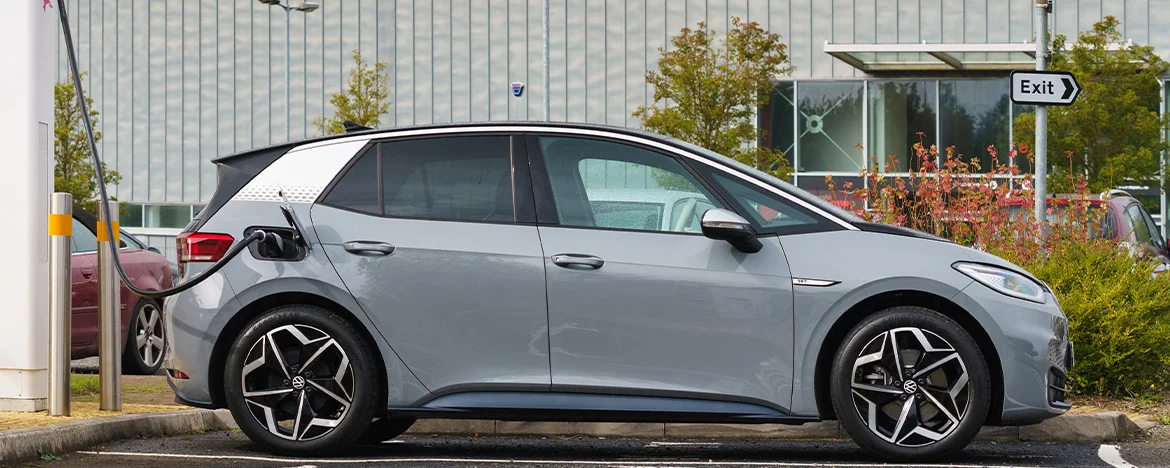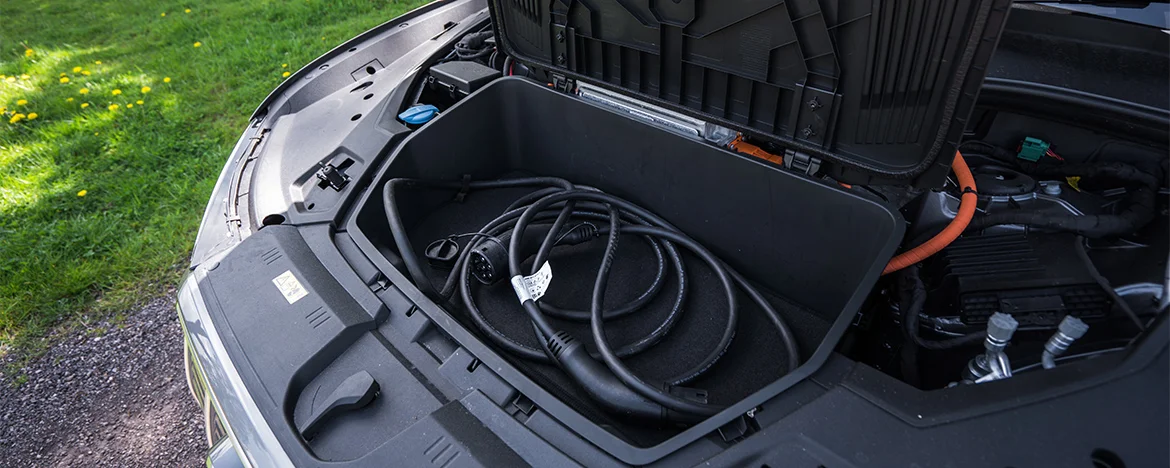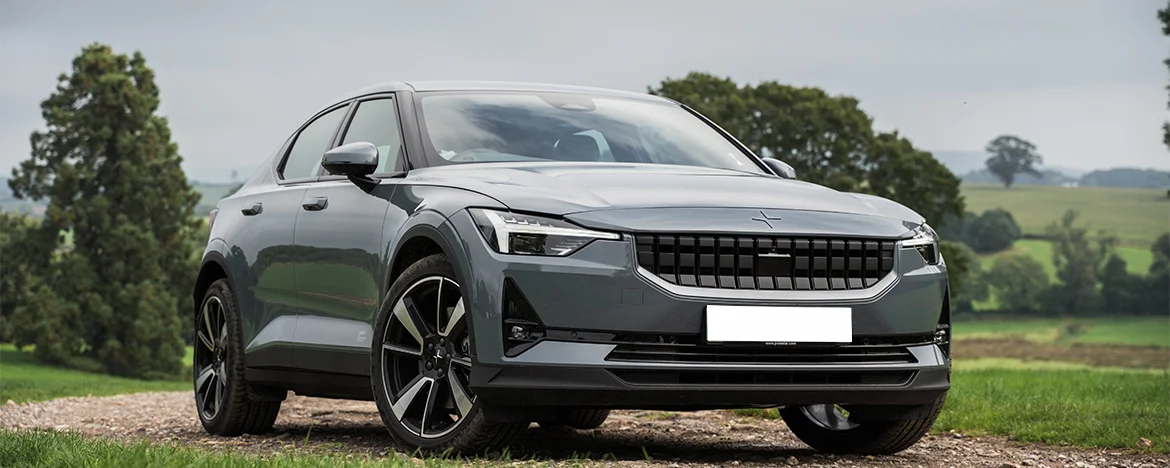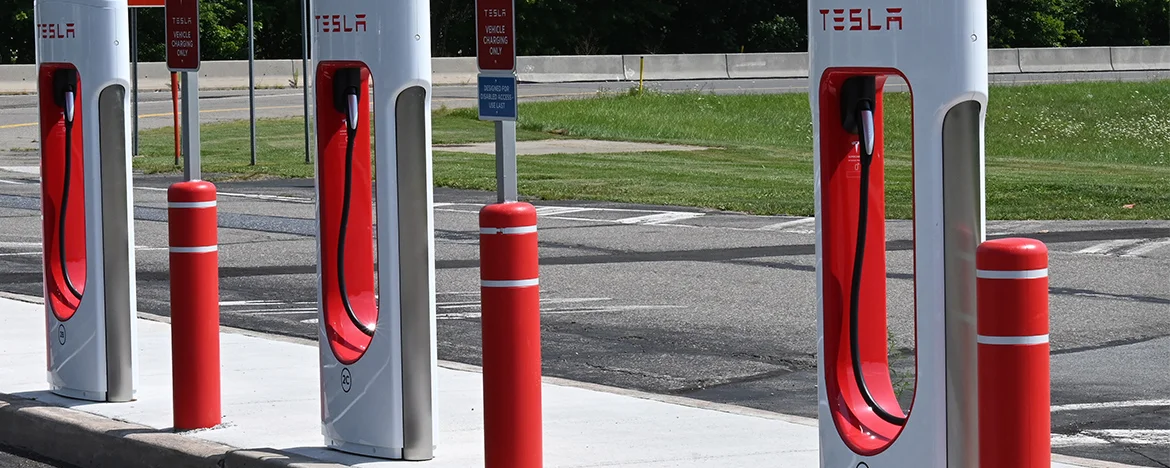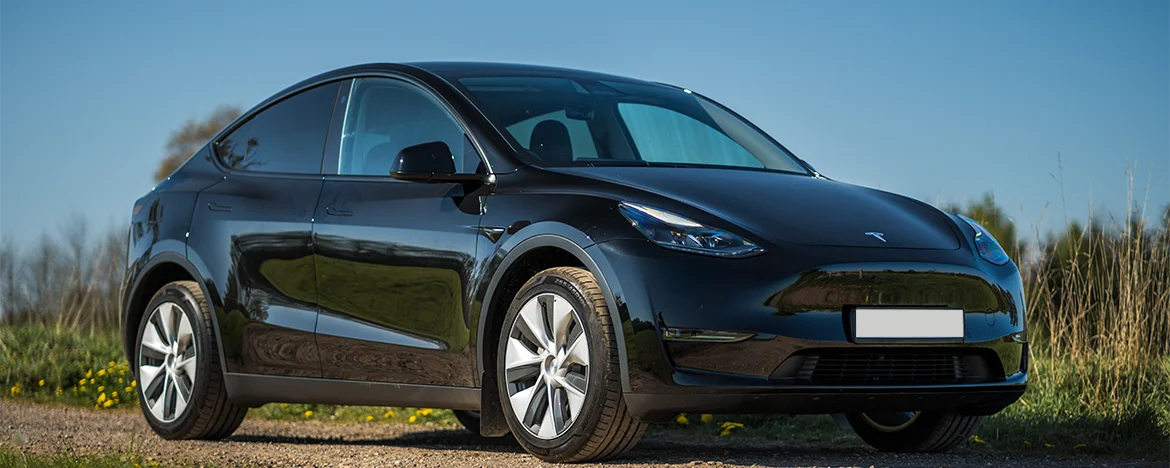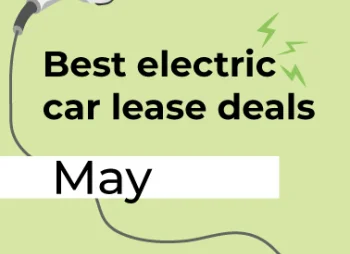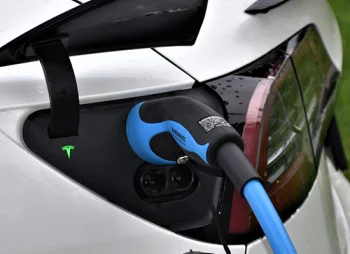Installing an EV charger at home
It’s a pretty straightforward process.
Some installers may need to know some details about your house, including the age of the property, location of the electricity meter and the desired location of the charge point so they can understand the installation requirements.
Most standard installations will take around two to four hours, though if your house is a little trickier to contend with (for example, if your electricity meter is inside on an internal wall or the cable will need to be longer than 15m), this can take a full day and cost a little more.
If your home electrical system needs upgrading, the installation company will be able to do this too, but again it might incur an extra cost.
But once your box is installed, you’re good to go.
You do have several choices when it comes to picking the right charger for your needs.
You’ll need to pick between tethered and untethered, which is essentially the difference between the charger coming with a cable, or you plugging a cable into the charger. Untethered is an excellent option if you want flexibility – because you can use it with any charger on the market, whether that’s the popular Type 2 or the CHAdeMO used in the older Nissan Leaf, you’ve got complete control.
Got a Tesla lease? Don’t worry, you don’t need to fork out for the Tesla-branded charger. As long as you can plug in the right charging cable to the box, you can use any charger you’d like to get your Tesla back to full.
A tethered charger doesn’t give you so much choice and could leave your friends stuck if their EV isn’t compatible with your charging point.
As of 30 June, 2022, new regulations state that chargers must have functionalities such as scheduling and the ability to send and receive data. Scheduled charging will allow you to specify when you want the car to charge and give you greater insights into the best times to charge.
Once installed, a charger with an output of 7.2kW will charge a standard EV in around six and a half hours, making it the perfect choice to make sure you’re always ready to get going.

